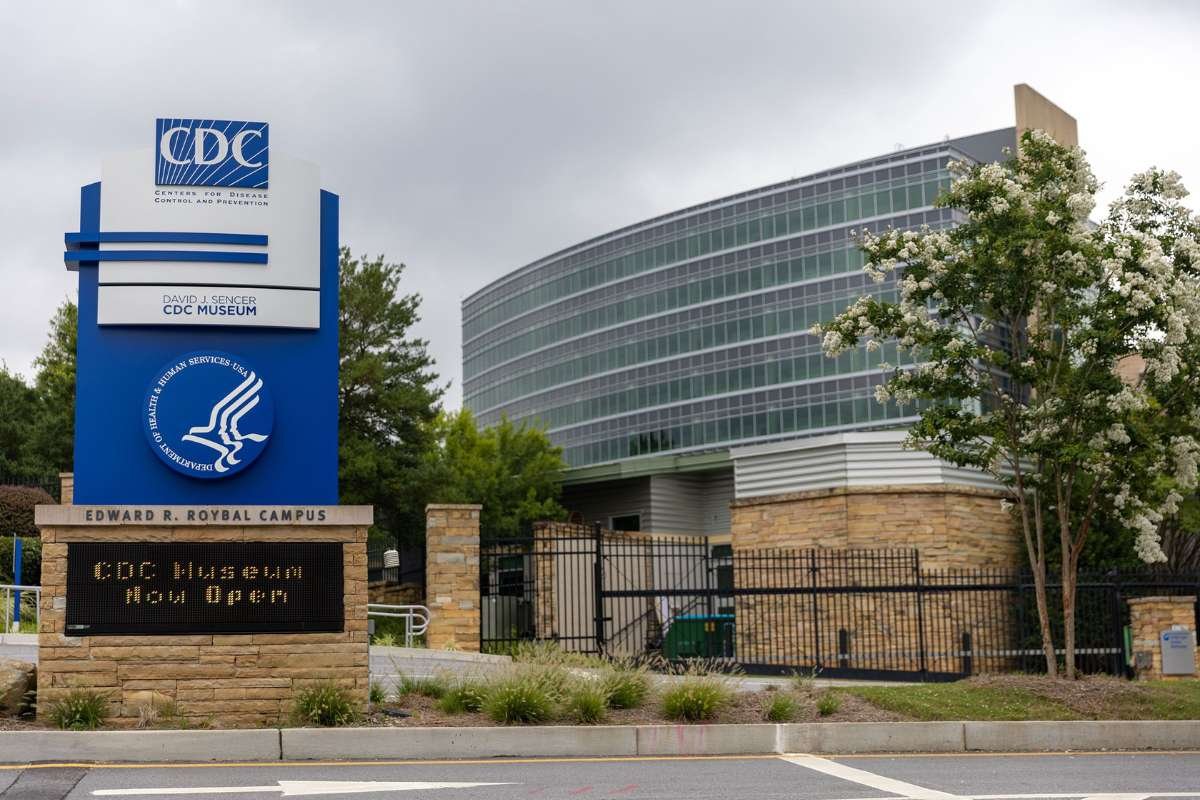Ice cream headaches, also known as brain freeze or cold-stimulus headaches, are a type of headache that occurs when consuming something cold, such as ice cream or a frozen drink. This phenomenon is fairly common and usually harmless, but it can be uncomfortable and even painful for some individuals. In this article, we will discuss the causes, symptoms, and treatment options for ice cream headaches.
Causes of Ice Cream Headaches
Ice cream headaches occur when something cold comes into contact with the roof of the mouth or the back of the throat. The cold temperature causes the blood vessels in the area to constrict and then quickly dilate, which triggers pain signals to the brain. This rapid dilation of blood vessels can cause a headache that can last anywhere from a few seconds to a few minutes.
While the exact cause of ice cream headaches is not fully understood, some researchers believe that it may be a protective mechanism to prevent the brain from becoming too cold. The headache may serve as a warning sign to the body to slow down the consumption of cold foods and drinks.
Symptoms of Ice Cream Headaches
The most common symptom of ice cream headaches is a sudden, intense headache that occurs after consuming something cold. The pain is usually located at the front of the head, near the forehead. Some individuals may also experience pain at the temples or behind the eyes. The pain typically lasts for only a few seconds to a few minutes and then subsides on its own.
In addition to pain, some individuals may experience other symptoms during an ice cream headache, such as:
- Throbbing or pulsating pain
- Squeezing or pressure in the head
- Dizziness or lightheadedness
- Nausea or vomiting
It is important to note that while ice cream headaches can be uncomfortable, they are usually harmless and do not cause any long-term damage.
Treatment Options for Ice Cream Headaches
In most cases, ice cream headaches will go away on their own within a few minutes. However, there are some things you can do to help alleviate the pain and prevent future ice cream headaches:
1. Slow down your consumption of cold foods and drinks.

If you tend to get ice cream headaches frequently, try slowing down your consumption of cold foods and drinks. Take small bites or sips, and allow your mouth to warm up a bit before consuming more.
2. Warm up your mouth.
If you do get an ice cream headache, try warming up your mouth by pressing your tongue against the roof of your mouth or taking a sip of warm water. This can help to alleviate the pain more quickly.
3. Use over-the-counter pain relievers.
If the pain from an ice cream headache is particularly intense or lasts longer than a few minutes, you may want to take an over-the-counter pain reliever such as ibuprofen or acetaminophen.
4. Avoid triggers.
If you know that certain foods or drinks tend to trigger ice cream headaches for you, try to avoid them as much as possible.
Prevention of Ice Cream Headaches
There are several things you can do to prevent ice cream headaches from occurring:
1. Eat slowly.

When consuming cold foods or drinks, take your time and eat or drink slowly. This will give your mouth and throat time to adjust to the cold temperature.
2. Warm up your food or drink.
If you are prone to ice cream headaches, try warming up your food or drink slightly before consuming it. This can help to reduce the temperature difference between the food or drink and your mouth.
3. Avoid cold foods and drinks altogether.
If ice cream headaches are a persistent problem for you, you may want to avoid cold foods and drinks altogether. There are plenty of delicious alternatives that can be enjoyed at room temperature or slightly warmer.
4. Try different temperatures.
Experiment with different temperatures when consuming cold foods and drinks. Some individuals may find that they are less prone to ice cream headaches if they consume something that is slightly warmer or slightly colder than usual.
5. Drink water.

Staying hydrated can help to prevent ice cream headaches. Try drinking a glass of water before consuming cold foods or drinks to help keep your body hydrated.
When to See a Doctor
In most cases, ice cream headaches are harmless and do not require medical attention. However, if you experience frequent or severe headaches, it is important to see a doctor to rule out any underlying medical conditions. Additionally, if you experience any of the following symptoms along with your ice cream headaches, seek medical attention immediately:
- Headaches that occur after a head injury
- Headaches that are accompanied by confusion, difficulty speaking, or weakness on one side of the body
- Headaches that are accompanied by fever, stiff neck, or rash
- Headaches that last for several hours or days
BOTTOM LINE
Ice cream headaches, or brain freeze, are a common and usually harmless phenomenon that occurs when consuming something cold. While the exact cause is not fully understood, it is believed to be a protective mechanism to prevent the brain from becoming too cold. If you experience frequent ice cream headaches, there are several things you can do to prevent them, such as eating or drinking slowly, warming up your food or drink, or avoiding cold foods and drinks altogether. If you experience severe or persistent headaches, it is important to seek medical attention to rule out any underlying medical conditions







